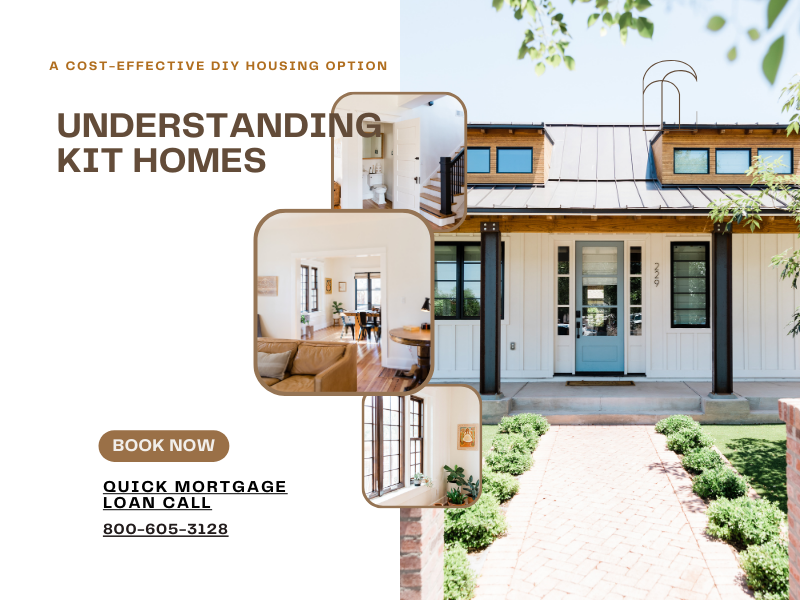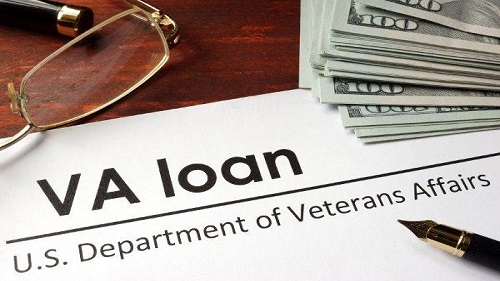
Mortgage Dove
Understanding Kit Homes: A Cost-Effective DIY Housing Option
Kit homes, also known as prefabricated or mail-order homes, offer an alternative to traditional house hunting by providing DIY home-building experiences. While they promise affordability and quicker construction, the process and associated costs vary significantly. From pricing considerations to pros, cons, and financing, here's an exploration of kit homes, shedding light on what to expect and crucial factors to consider before starting this home-buying venture. Discovering the intricacies of these homes can equip you with the necessary knowledge to decide if a kit home aligns with your lifestyle, financial capabilities, and housing preferences. A kit home is a prefabricated house that comes in a package. It includes all the parts needed for building the home, such as pre-cut materials, fixtures, and fittings. Sometimes known as mail-order or catalog homes, these DIY (do-it-yourself) houses are unlike traditional home-buying experiences. Unlike visiting homes or taking tours, choosing a kit home involves browsing available options, picking one you prefer, purchasing it, and then assembling it yourself, possibly with the assistance of friends or family. It's a different way to acquire a home with a hands-on approach to creating your living space. Kit homes come in various price ranges, influenced by size, design, and location. They often turn out to be more cost-effective than traditional houses. Kit home manufacturers typically follow business models akin to modular and manufactured homes. Some suppliers offer both kit and modular options. Constructing or assembling kits in controlled environments reduces build time and labor costs. Bulk purchasing of construction materials, delivered to a factory, often means lower material expenses than sourcing materials for a stick-built home. The simplest house kits cost $30 per square foot and lack drywall or interior elements. Meanwhile, an average panelized home kit, including wall panels and a roof, might range from $40 to $80 per square foot. Consulting a general contractor before selecting a house kit is advisable to gauge costs accurately and compare kit inclusions. Usually, building a home involves more than the excitement of online kit purchases boasting lower price tags. While kit homes might seem cheaper upfront, diving into their costs reveals hidden expenses. For instance, a home kit might comprise just a quarter of the total expense once labor costs ($130 per square foot) are factored in. Imagine a $15,000 kit, yet to furnish it with appliances, drywall, and flooring could easily double the material cost. Additionally, consider the expense of land purchase and any necessary site preparation. Ensuring utilities like running water and electricity may require hiring professionals for gas lines, sewer mains, and utility services. Before committing to a kit home, consulting a general contractor is vital. Their expertise can validate whether this option aligns with your needs, ensuring you make an informed decision before investing in the structure pieces of a house. Kit homes offer an appealing path to realizing your dream home, yet it's crucial to consider their pros and cons before diving in. Pros Cons Financing a kit home is similar to financing any other house. Most kit home manufacturers don't provide financing options. If you can't pay in cash, your option is usually a short-term home construction loan. After building your home, you can apply for a standard mortgage. While a kit home is viable for achieving your dream home, other choices exist. Before committing to a kit home, thoroughly research by checking reviews and ratings and carefully reading product descriptions. Otherwise, you may encounter challenges if a significant return is necessary. Additionally, it's wise to assess the overall costs of a kit home against other prefabricated or modular home options and traditional homes already on the market. Evaluating these alternatives, considering your preferences, needs, budget, and the effort required, can reveal whether a kit home aligns with your goals. By comparing and contrasting these choices, you can determine the most suitable path forward for your housing needs.What Is a Kit Home?
How Much Does a House Kit Cost?
How Much Does It Cost To Build A Kit Home?
Pros and Cons of Kit Home Builds
How To Finance A Kit Home
The Bottom Line
"Mortgage Dove makes home financing convenient for every American. You can count on us to provide a home buying experience tailored to your personal needs and financial situation. We strive to give you the peace of mind that your home financing goals can be achieved.”

Mortgage®
www.mortgagedove.com



-and-how-does-it-work.png)